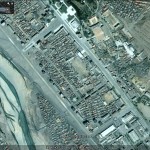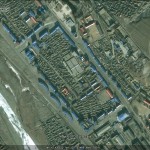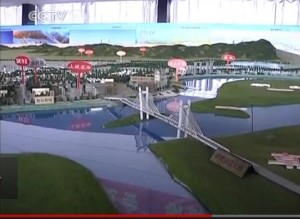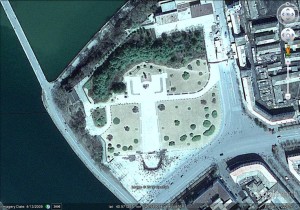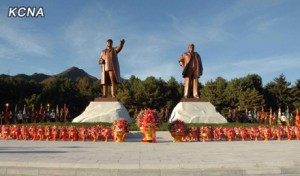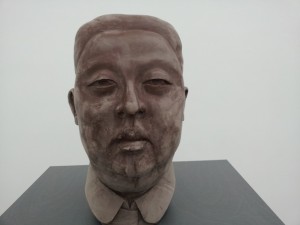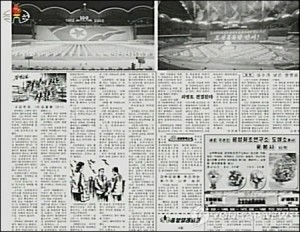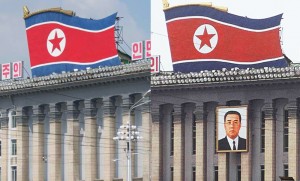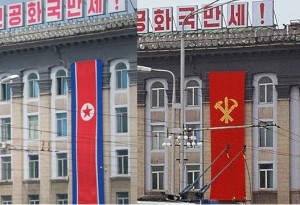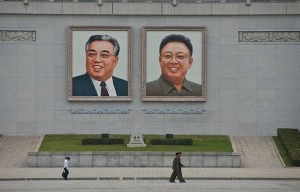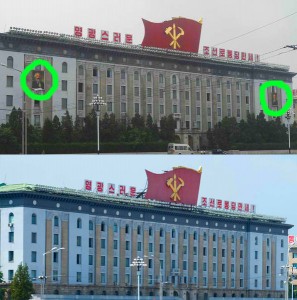We have all been watching whether the DPRK will implement economic policy adjustments that strengthen material incentives to farmers, workers and enterprise managers to increase production. I have cataloged many of these stories/articles/observations here.
Today the Daily NK offers a scenario as to why the DPRK has not implemented more generous agricultural production incentives:
A Hyesan-based source explained today, “Cooperative farm cadres are saying that none of the experimental farms will be given 30% of their production this year because it has become difficult to meet the target. They are saying that the harvest is not good and they need to feed the military as a matter of priority, so first they’ll guarantee the military rice then give the rest to the farmers.”
A Shinuiju source corroborated the story, saying that the authorities “haven’t said they are going to take all the production from the farms, but nobody actually thinks they are going to get very much. People who trusted the official words are feeling quite stupid, and nobody is working very hard.”
Back in July, each province designated a number of ‘model farms’ that were to be used to test the policy. These farms were supposed to receive their initial inputs of fertilizer and machinery from the state, and then be given 30% of their production in return.
“They are saying that the state does not have enough rice right now and that there is no choice but to give it to the military, so please try to understand,” the source said. “Farm workers, many of whom had been buoyed by talk of food distribution, are really disappointed, especially since prices are sky high in the market these days.”
Anyone who has taken a game theory class will note the presence of credible commitment problems and backwards induction.
If a game consist of two players (the state, farmers) operating in an environment where credible commitment is not attainable, one could argue that an outcome where the state promises to increase agricultural incomes yet farmers work less is the predictable result. Here is why: If at the beginning of the game the state says “we will raise your incomes if you produce more” and farmers respond by producing more, in the absence of credible commitment, at the end of the game the state can simply take all the increased production and pay no more. There is nothing to force the state to actually keep its word once the increased output has already been produced (assuming policy makers with short time horizons). Of course by utilizing backwards induction farmers realize this and do not increase production despite the promise of higher incomes. In the limit case, the DPRK announces economic policy adjustments, nobody believes them, and nobody moves to increase labor supply in the official sector of the peoples’ economy.
If the DPRK wants to offer effective policy adjustments that lead to real increases in output it must not only promise greater material incentives to workers and managers but it must do so in a believable way. Unfortunately there are no simple mechanisms to credibly bind the hands of the North Korean policy makers within the DPRK. In the absence of suitable constraints on state power (broadly defined), this means that reputation capital is even more important for achieving desired policy goals. This is why the decision to back-peddle on the 6.28 agricultural policies, if this is indeed what happened, is perhaps the most damaging move of all in terms of improving economic performance. Taking the North Korean government at its word (reputation capital), the farmers who increased effort in the fields (expecting a 30% ownership of their output in return) have instead given the state a free lunch. They will not be so inclined to increase output the next time the government comes knocking on their door offering dreams of a chicken in every pot.
If the DPRK government hopes to induce workers to increase labor supply through official channels, relying on nothing more than reputation, it is going to have to pay for failing to live up to its economic commitments in the past. In other words, it is going to have to slowly build up its reputation capital again by increasing the incomes of workers through a policy that is not likely to pay off for several years. It is only after workers again feel confident that the state will not back-peddle on the promise to let them retain 30% of their output that they will increase labor supply and output.
Read the full story here:
6.28 Agriculture Policy on the Back Foot
Daily NK
Lee Sang Yong
2012-10-12

